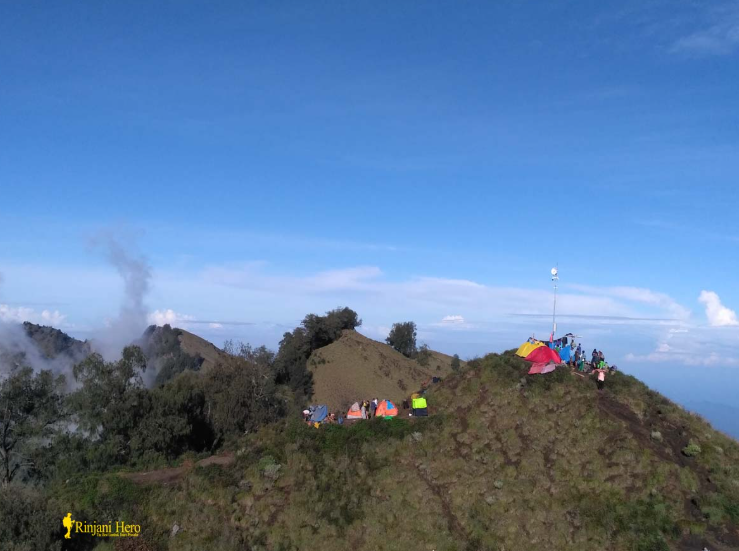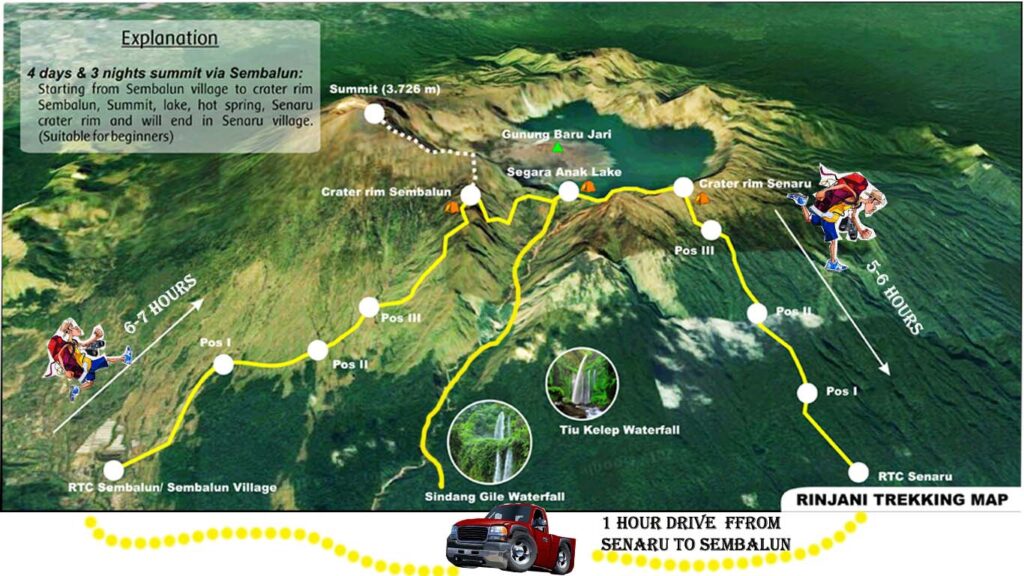The Thrill of Trekking Mount Rinjani
Mount Rinjani, located on the island of Lombok, Indonesia, is one of Southeast Asia’s most iconic trekking destinations. Rising 3,726 meters above sea level, it is Indonesia’s second-highest volcano and a magnet for thrill-seekers from around the world. If you’re searching for “The Thrill of Trekking Mount Rinjani,” this comprehensive guide will not only satisfy your curiosity but also help you prepare for the adventure of a lifetime.
Why Mount Rinjani Is a Must-Do for Adventure Travelers
Mount Rinjani isn’t just a mountain — it’s an experience. The thrill comes from a perfect combination of physical challenge, natural beauty, cultural immersion, and a sense of achievement that few treks can offer.
- Unmatched Natural Scenery: From tropical forests and savannahs to dramatic crater rims and the stunning Segara Anak Lake, the landscapes shift dramatically throughout the trek.
- Challenging Yet Rewarding Trails: The trek pushes your physical limits, especially during the final summit attempt starting at midnight. But standing atop the summit as the sun rises over the Indonesian archipelago makes every step worthwhile.
- Cultural Significance: The mountain is sacred to the Sasak people, and you’ll encounter spiritual sites and traditional stories that enrich the experience.
What to Expect: Trekking Routes and Itinerary
There are two main trekking routes to Mount Rinjani:
- Sembalun Route (eastern approach): Ideal for those aiming for the summit. This path offers gradual inclines and is the most popular choice for summit climbs.
- Senaru Route (northern approach): Known for lush forests and a more scenic route to the crater rim, perfect for those who may not want to summit.
Sample 3D2N Itinerary:
- Day 1: Sembalun to Base Camp → Camp near the crater rim
- Day 2: Midnight summit attempt → Descend to Segara Anak Lake → Soak in the hot springs
- Day 3: Climb back up to Senaru crater rim → Descend to Senaru village
Physical Preparation and Safety Tips
The thrill of trekking Mount Rinjani also comes with physical demands. Proper preparation is essential:
- Training: Cardiovascular conditioning, endurance training, and leg strength exercises are recommended at least 4–6 weeks before the trek.
- Altitude Acclimatization: Though Rinjani is not extremely high, some may still feel the effects of altitude. Take it slow and stay hydrated.
- Gear: Essential items include a quality backpack, layered clothing, headlamp, trekking poles, and a sleeping bag rated for low temperatures.
Always trek with a licensed local guide or tour company for safety, logistics, and environmental compliance. The Rinjani National Park is protected, and responsible tourism is crucial.
When Is the Best Time to Trek?
The official trekking Mount Rinjani season runs from April to December, with the dry months of May to October being ideal for clear skies and safer trails. The park is usually closed from January to March due to heavy rain and risk of landslides.
Environmental Responsibility and Ethical Travel
Mount Rinjani has faced environmental degradation due to over-tourism. As a responsible trekker:
- Pack out all trash
- Use refillable water bottles
- Respect local customs and sacred sites
- Choose eco-conscious tour operators
Practicing Leave No Trace principles helps preserve Rinjani trekking for future generations of adventurers.
Absolutely. The thrill of trekking Mount Rinjani lies not only in the physical challenge but also in the profound connection with nature, culture, and self. Whether you’re an experienced mountaineer or an adventurous traveler seeking your next big feat, Rinjani delivers an unforgettable journey.



